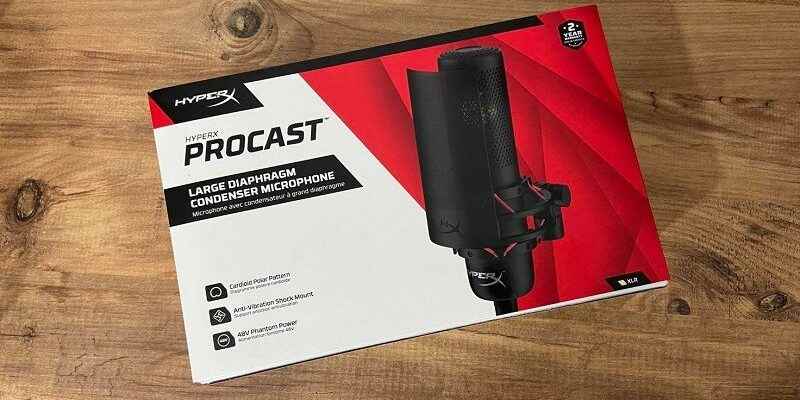In our HyperX Procast review content, we take a closer look at the details of the professional microphone with XLR connection.
HyperX, which entered the microphone market only a few years ago, has come a long way in this regard. In our previous HyperX Quadcast review content, we mentioned how successful the company was even with these first products. Although the company is new in this market, we can say that it has produced very high quality products and has already taken a significant market share.
As a matter of fact, even after 3 years, I still continue to use the HyperX Quadcast microphone in all my works. Even though I received different products in this process, I did not feel the need to change them. Because I have to say that it is actually a microphone that meets all my needs with its sound quality, modes and ease of use. Today, I am here with a review of the company’s new microphone model, HyperX Procast, which takes this job to professional quality. In our review, we will talk about the features of this microphone and also include the comparison between the two.
HyperX Procast review
First of all, the most important feature that distinguishes HyperX Procast from normal broadcast microphones is that it is closer to the professional side. Because XLR is preferred in this microphone as the connection type. This microphone, which has a gold-plated large-diaphragm condenser capsule, can achieve a much deeper and richer vocal sound quality than normal USB microphones. Since it has an XL connection, it means you will need a sound card that supports this connection. At the same time, if you have a mixer or a Zoom model receiver and microphone, it is possible to use this microphone in such devices thanks to the XLR connection.
HyperX Procast doesn’t actually offer many extras compared to similar products, but it really does provide a very good performance in terms of sound quality. So if you say you want a very good sound quality and have the opportunity to connect an XLR, we can say that you will be more than satisfied from the beginning. At this point, HyperX can be said to have stayed away from the ornate, flamboyant structure as much as possible and oriented more towards the technical side. We definitely have to give the microphone its due in this regard. But I think it would be much better if there was an XLR cable included.
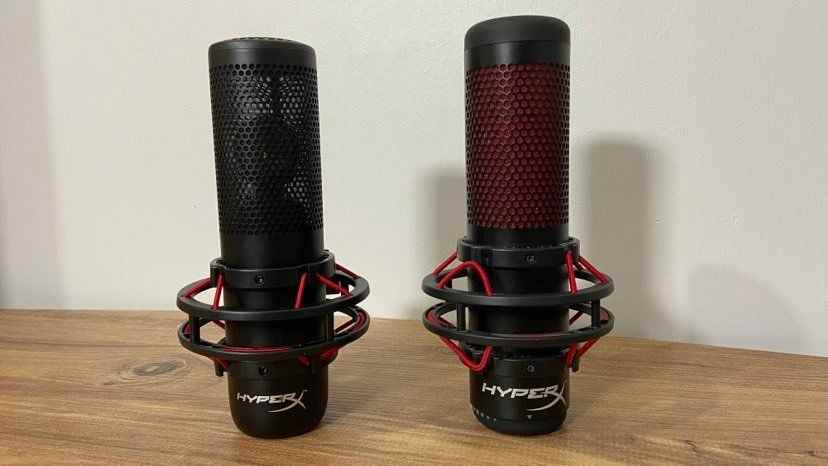
Design
First of all, as I said in the box content, an XLR cable is not included. Along with the microphone is a stylish pop filter. Since this type of microphone will usually be used with an arm, a stand is not included in the box. Frankly, I would have expected a Quadcast-style stand, but as I said, this may have been a choice in order to reduce the cost, since professionals are considered in this.
When we look at the design of the device, we see that it is quite similar to Quadcast at first. It has an oval structure and is a very stylish microphone. The rubbers on the slot that holds the microphone are preferred in red, which is also the color of the brand, and a stylish appearance is provided. Of course, since the filter part is separate, we also see that a transparent filtering is done to enrich the design. From here, a large gold-plated condenser inside the microphone is visible.
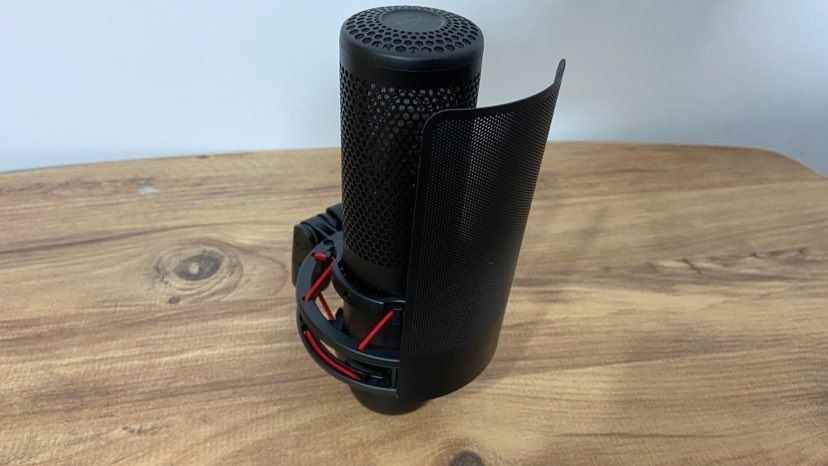
In the design of the microphone, apart from the shock stand, there is a pass filter on the back where you can reduce the extreme frequency and a toggle switch with which you can adjust the volume of -10 db. The thing I was looking for most in the design was the touch mute button on the top. There is no similar structure. In general, I have to say that it is a microphone that gives that premium feel. I especially liked its transparent structure.
User experience
As I mentioned at the beginning, if you are going to use it on your computer, you need a sound card. In fact, for this reason, many broadcasters or people who need microphones are turning to USB microphones. However, although it is more costly to use XLR, you actually understand the difference more clearly when you hear the sound quality. When you listen alone, the difference may not be noticeable, but when you listen to a USB and XLR microphone one after the other, you notice how the sound is clearer, louder and clearer without the bottom sound.
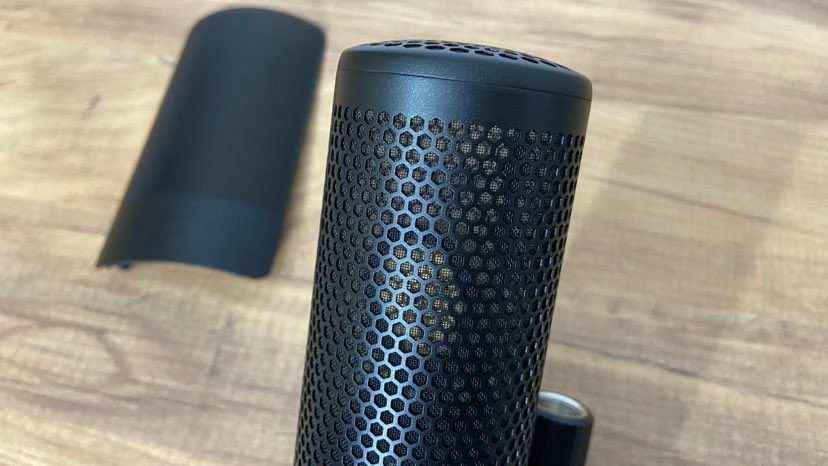
Thanks to the large capacitor visible in the interior accent, you encounter a much better performance than smaller diaphragm capacitors. We see that there is a cardioid microphone on the polar pattern side. Frankly, as someone who has used different modes of Quadcast for a long time, I have to say that the company has done a really good job in this regard. In other words, unlike many microphones, these different modes do their job completely and you can clearly perceive the difference when you listen. In addition, thanks to the replaceable 80Hz filter, it manages to prevent the noise in the environment to a large extent.
Of course, at this point, since the microphone supports the cardioid polar model, you need to position it properly. When you speak directly, you can get the performance you want from the microphone in terms of sound quality. The microphone picks up sound very clearly. The intonations in the voice are quite natural, there is no bottom sound problem, and it makes you feel the fullness of the voice.
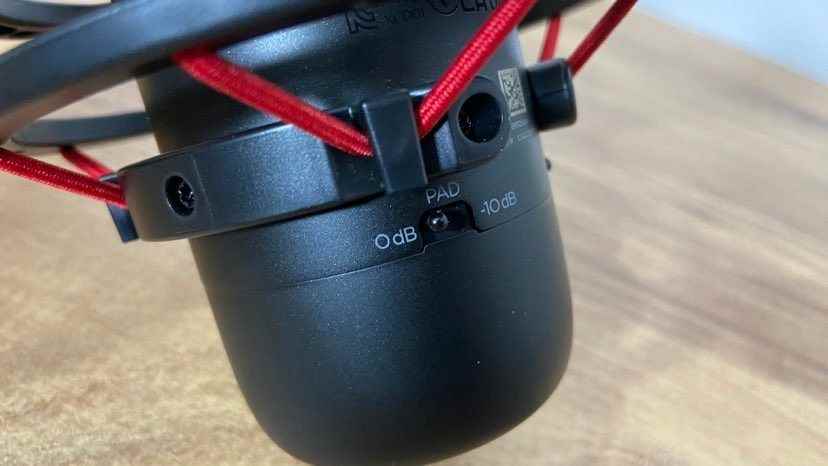
Of course, considering the large capacitor and its technical features, I have to say that the microphone is quite sensitive. that is, it has the sensitivity to detect the smallest sounds you make. For a microphone of this level, your sound environment must be isolated at the same level. The 80Hz high-pass filter that comes with the microphone attenuates some of the low-end frequencies, so you should definitely turn this setting on when using it. Likewise, if you have a mixer to which you connect the microphone, we can say that by changing the gain settings, making the most fine adjustments that can be made according to the environment you are in, allows you to get full performance from the microphone.
Conclusion
All in all, the HyperX ProCast is a great-sounding XLR microphone that satisfies in terms of design and material quality. The price is of course more expensive than conventional USB microphones, but I can definitely say that it pays off in terms of sound quality. Procast is a model that can be preferred especially for content producers broadcasting at a professional level. In other words, if you don’t have budget concerns and you care a lot about the quality of your voice in broadcast and recording, I can say that it is one of the models you can choose and have a look at. But if you are looking for a microphone that you can use to chat on discord servers, broadcasts or while playing games with your friends, you can also take a look at models such as Quadcast and SoloCast.
HyperX Procast Microphone Features
- Polar pattern: Cardioid
- Sensitivity: ‘-38± 3dBV (1V/Pa at 1kHz)
- Noise (RMS): -118dBV B65
- SNR: 75dB
- Connection Type: Balanced 3-pin XLR male
